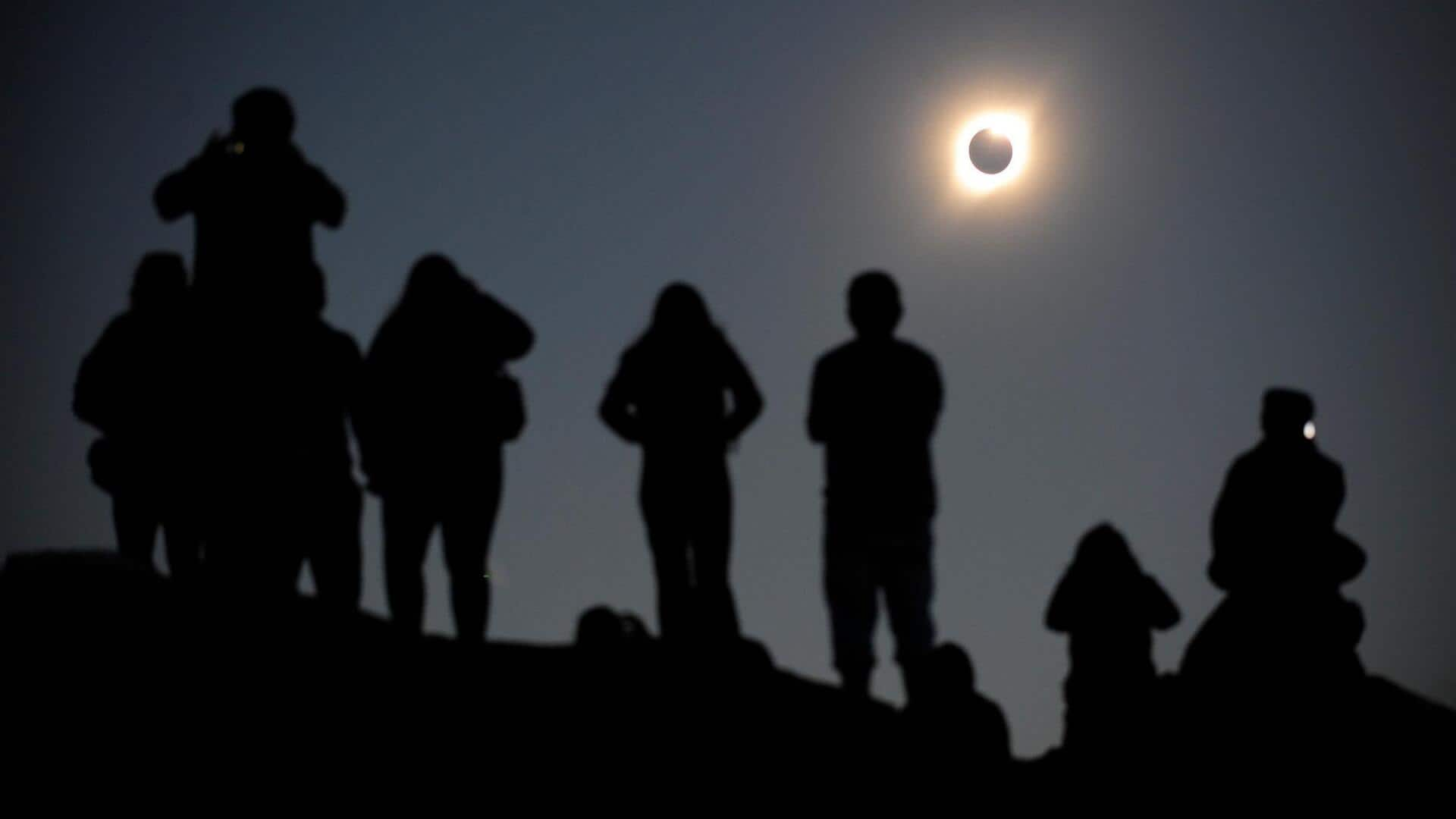
Chase the solar eclipse in Patagonia, Argentina: A things-to-do guide
What's the story
Patagonia, Argentina, is renowned for its awe-inspiring natural landscapes, a place where the majestic Andes converge with the Southern Atlantic. This distinct environment is a haven for those seeking adventure and exploration. Notably, Patagonia is among the premier locations globally to observe solar eclipses. This guide will assist you in planning your journey to witness this rare celestial event in Patagonia.
Viewing locations
Best viewing spots for the eclipse
To fully experience the solar eclipse, visit central Patagonia. El Calafate and Bariloche are prime spots, known for their picturesque landscapes and clear skies, heightening your chances for an unobstructed view during eclipse season. It's wise to arrive a few days in advance to select the ideal location for watching this rare celestial event unfold in its entirety.
Gear list
Essential gear for eclipse watching
Watching a solar eclipse requires more than just showing up. You'll need special solar viewing glasses to protect your eyes from harmful rays. Additionally, consider bringing a tripod-mounted camera or telescope with a solar filter if you're into photography or want a closer look at the eclipse's phases. Dressing in layers is also recommended as temperatures can fluctuate throughout the event.
Culture and nature
Exploring Patagonian culture and nature
While you're in Patagonia for the eclipse, take some time to explore what else this region has to offer. Visit Los Glaciares National Park near El Calafate to see stunning glaciers or take a boat tour on Argentino Lake for breathtaking views of icebergs and mountain peaks. In Bariloche, indulge in local chocolate and explore its Swiss-like architecture amidst vast lakes and forests.
Weather planning
Planning your trip around weather conditions
The weather in Patagonia can be unpredictable with sudden changes that could affect your eclipse experience. The best time to visit for clear skies is during Argentine spring or autumn—September through November or March through May respectively. Keep an eye on local weather forecasts as your trip approaches and be prepared with both sun protection and waterproof clothing.